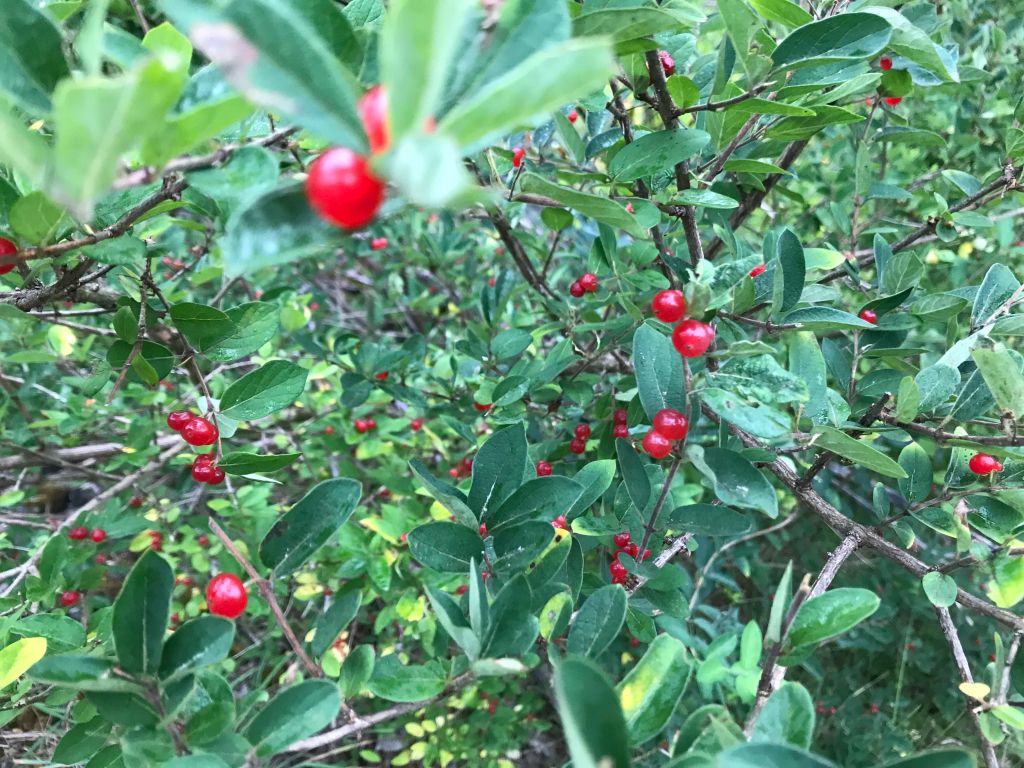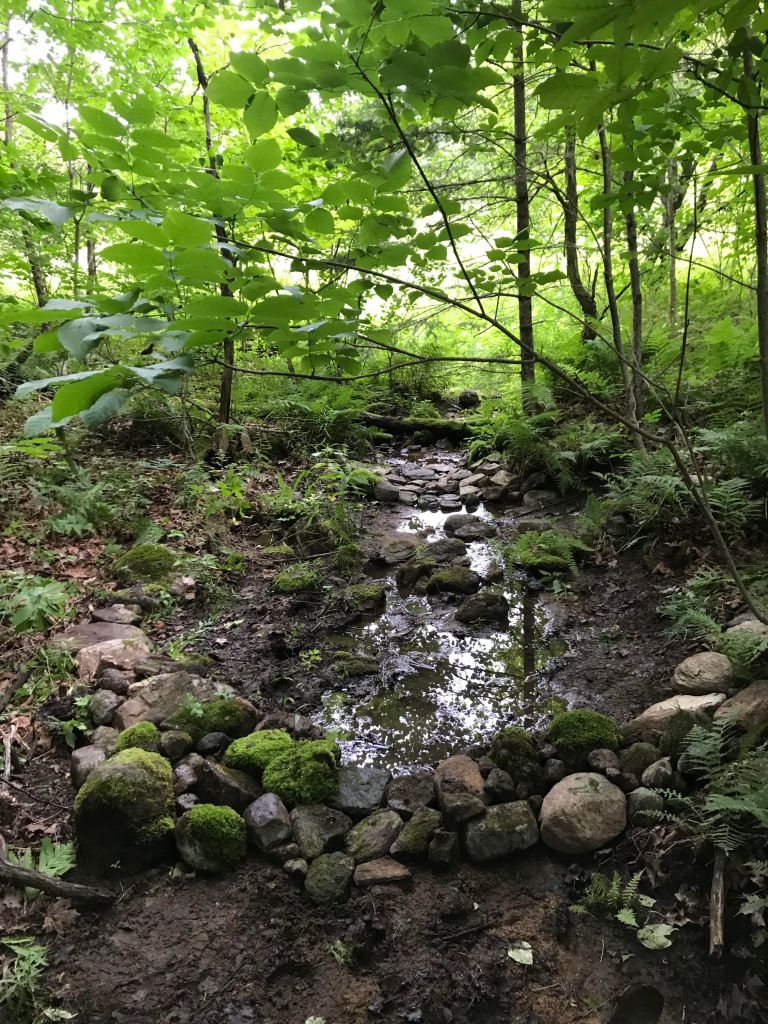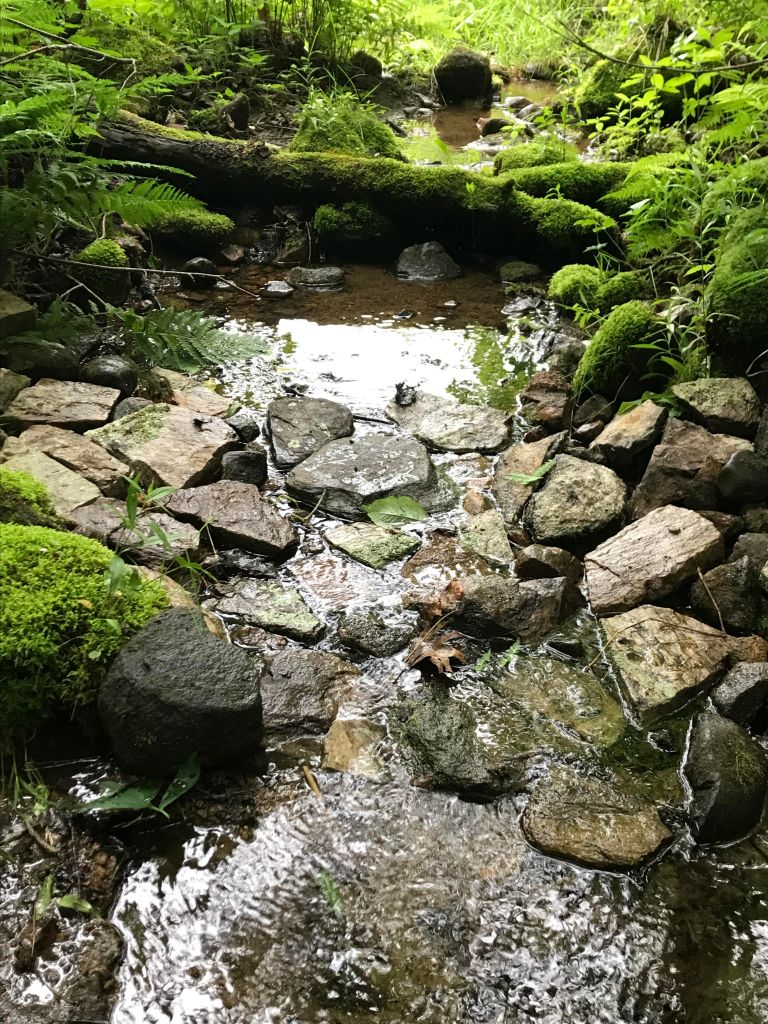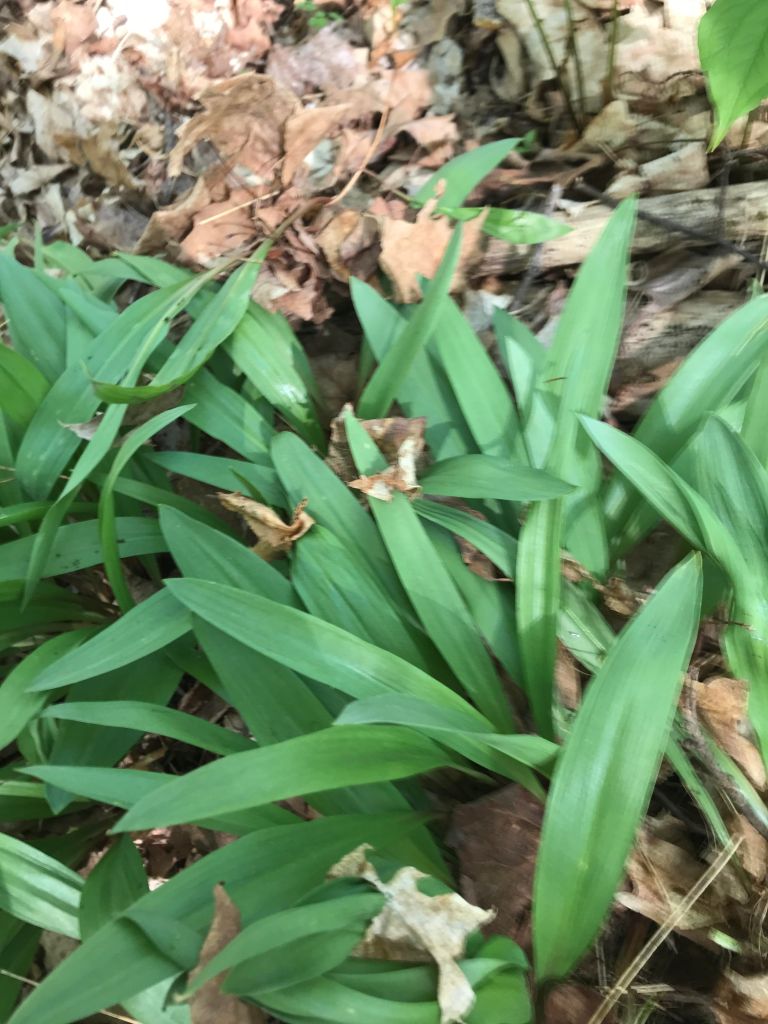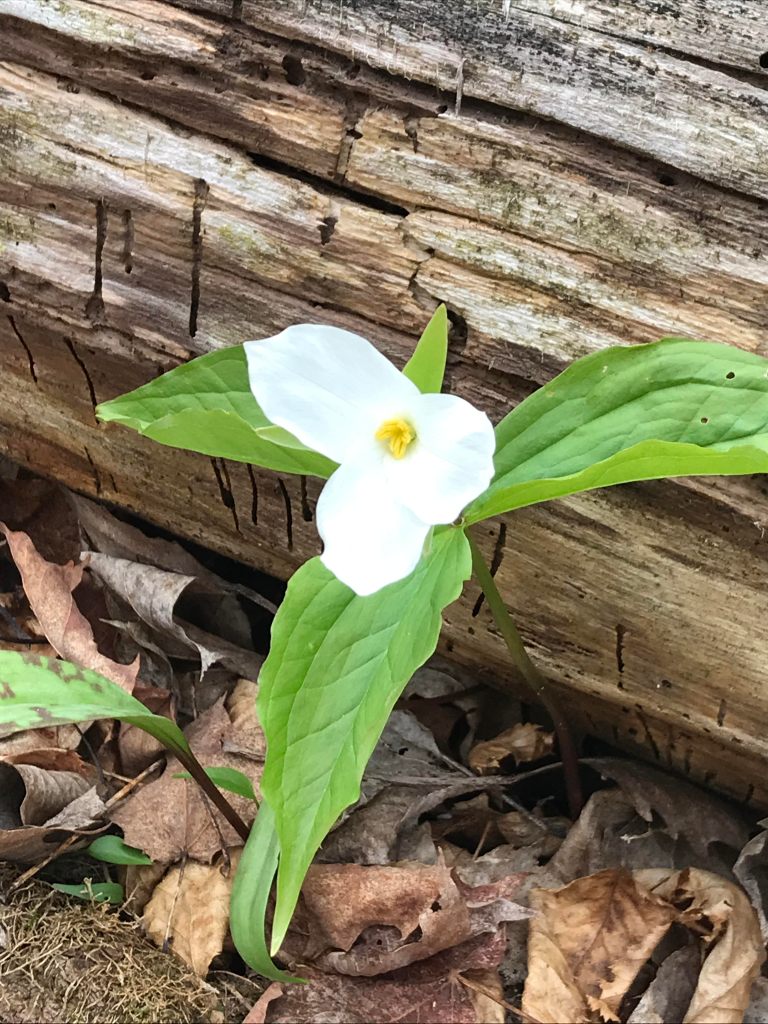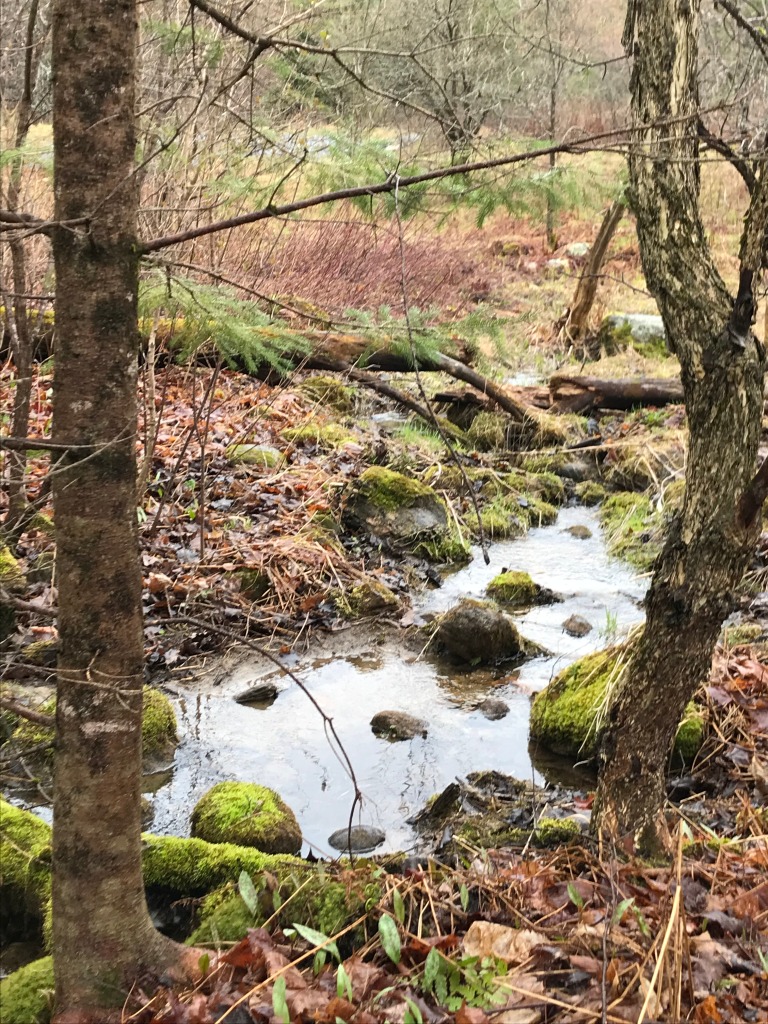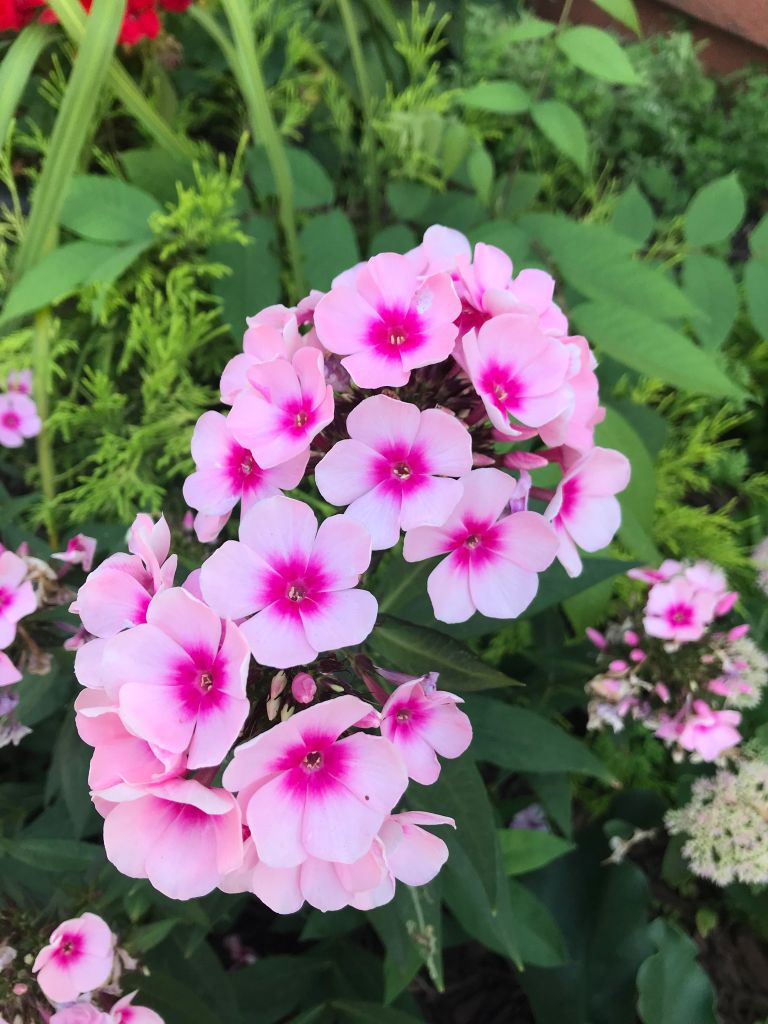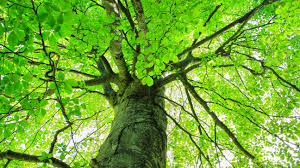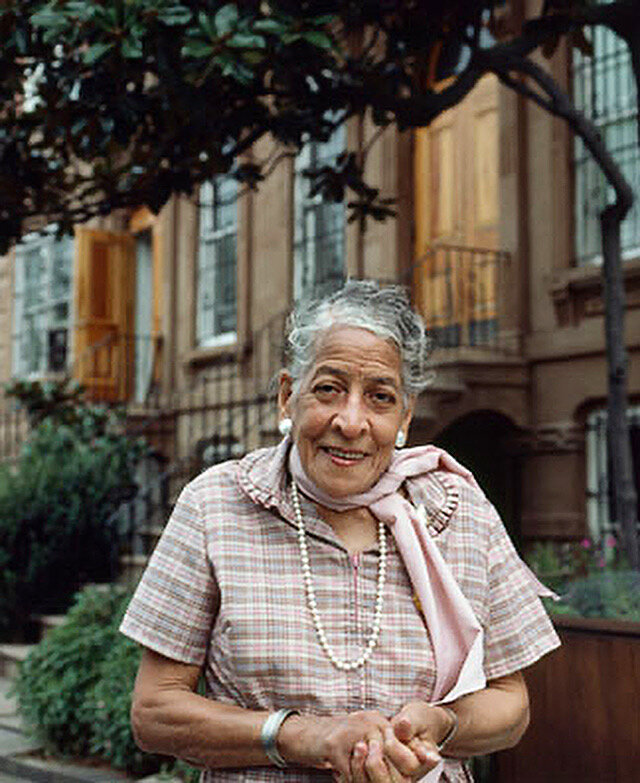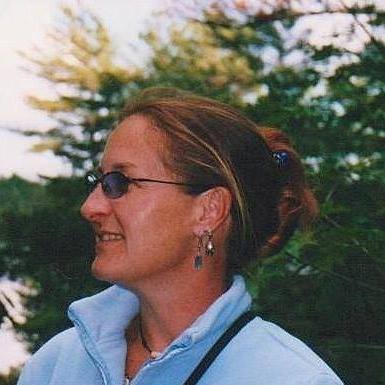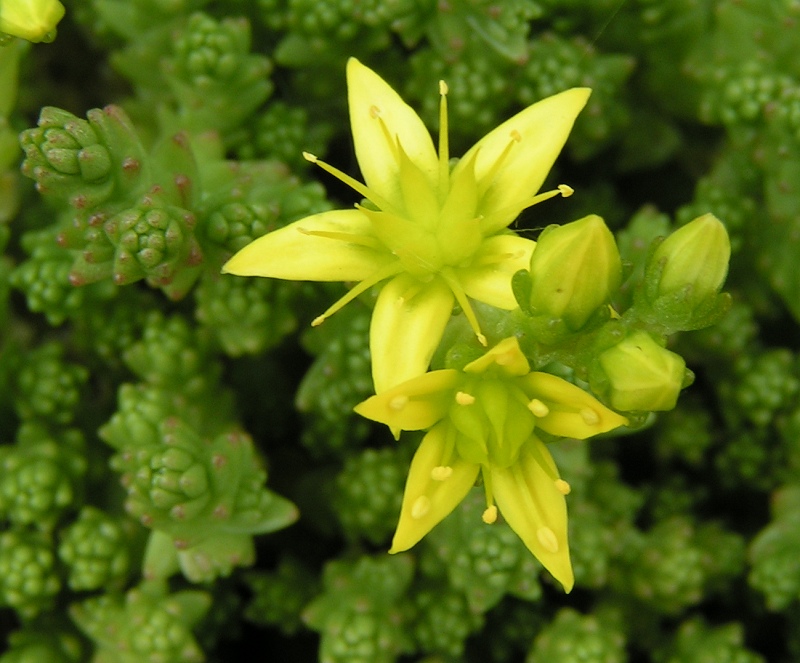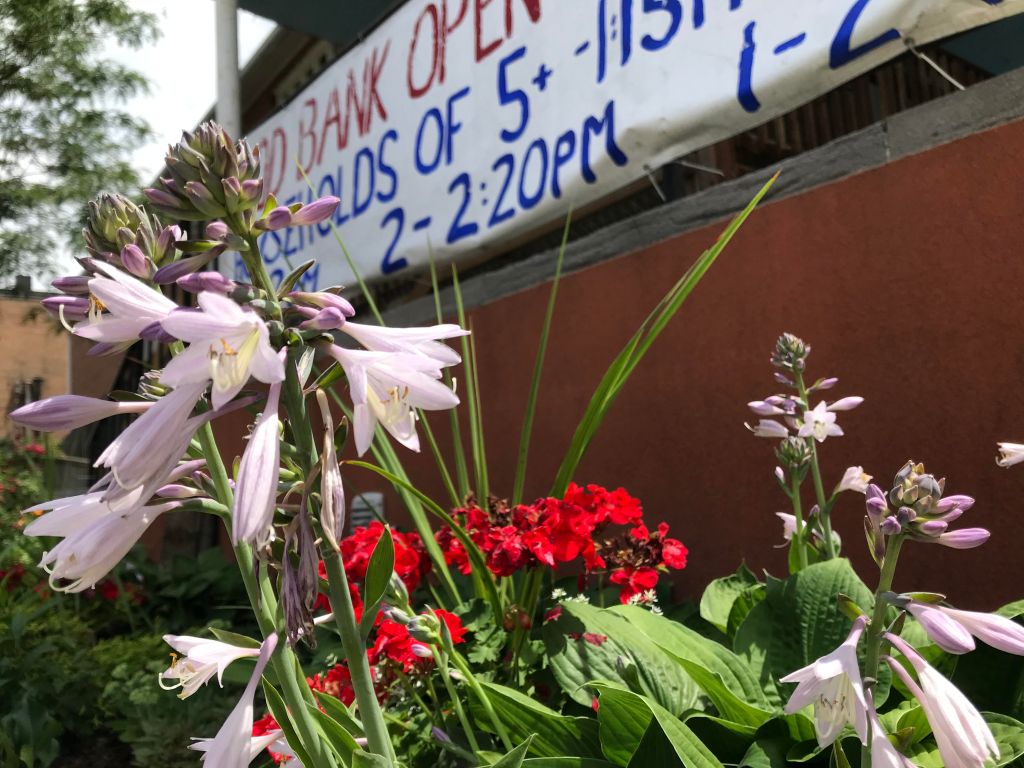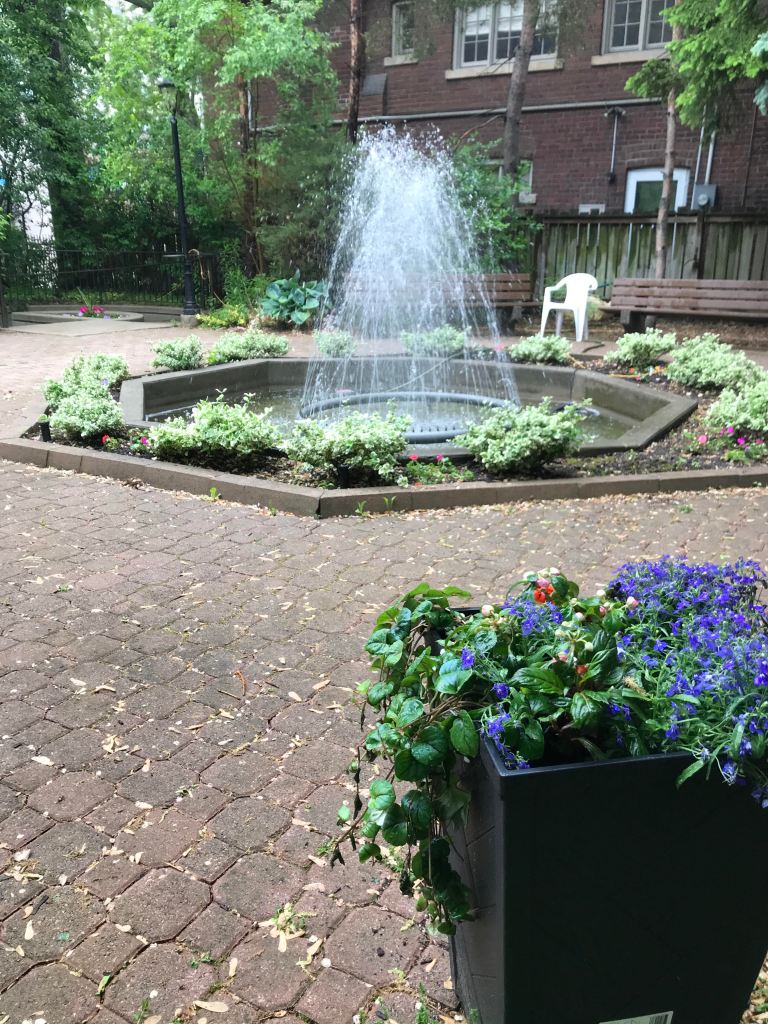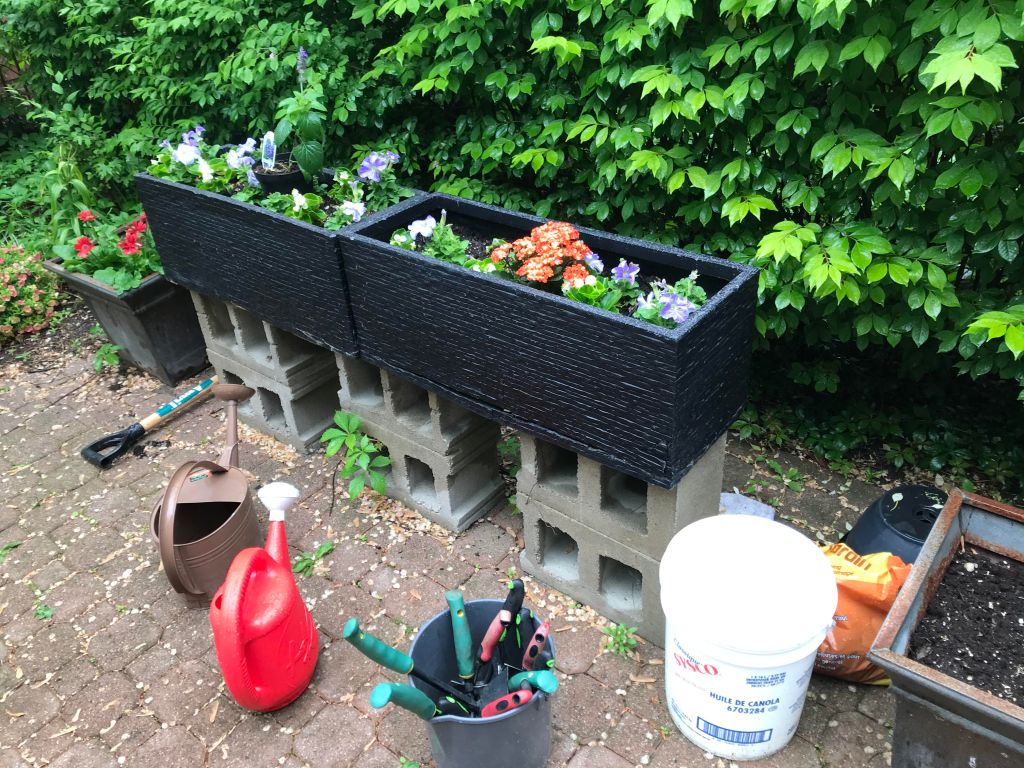Late July, and the little creek is almost dry.
The stream had started to run in April with the melting snowpack, and was still gurgling nicely in late June. But despite some rain lately, this summer’s heat has slowed the creek to a trickle.
On my walk along Horseshoe Lake Road, an old draft horse looks up briefly from his grazing to greet me. Next time, I gotta bring an apple for him. Alongside an inlet of Minden Lake, a Great Blue Heron startles and takes flight with slow flaps of his long wings.
I cut off the road into the forest, and climb the hill under the hydro line. It’s maybe a 40-minute walk to get to this peaceful spot in the woods.
A feast for the Grackles
Chokecherries are ripening. My father-in-law once recalled making choke-cherry jelly, using liberal amounts of sugar to balance the bitterness of the berries. The birds in Minden Hills certainly like the tiny, red berries. The black Grackles have started to mass in bigger flocks now, and perform gymnastics on the berry bushes to obtain their treats.
The blackberry canes are also putting up this year’s crop — the long, spikey canes in the open area under the hydro line can easily rip your blue jeans, so I keep to the woods nearby, where the shade keeps the blackberries at bay.
Enlarging the pond
Today’s mission is to enlarge a little pond on the creek, using some stone I collected earlier in the season. A few dozen larger stones are placed to create a big smile — a semicircle dam.
In the middle of the dam, a couple of smaller rocks create a drain to direct the pond’s flow downriver over a splash pad of thin stones. Once the creek starts flowing fast again, I will be able to adjust the height of the pond by changing up the stones around the splashpad.
In the new dam, mossy-green pond stones mix and match with others collected from the edge of an abandoned farm field nearby.
I’ve mucked about with stone quite a bit, but these techniques are not my inventions; they come straight from some cool YouTube videos focusing on permaculture. In arid areas such as India and the southern US, check dams help retain water before it flows away quickly. Minden Hills is not lacking for water — at least so far — but I wanted to experiment to enlarge some existing ponds on the creek. Maybe the deer who crisscross this area will appreciate a new watering hole.
Upriver from today’s stonework, a smaller “one-rock-deep” dam checks the flow of the creek coming into the new pond site. It will be neat to see how both stone features built this year respond once the water flows faster, perhaps in late fall.
Some stepping stones would be nice too in future, to make it easier to cross the creek at this spot.
A drizzle begins to fall through the thick summer canopy of mature hardwood trees. Luckily, the walking stick I used to get up the hill this morning is also an umbrella — rain protection for the trip home.


